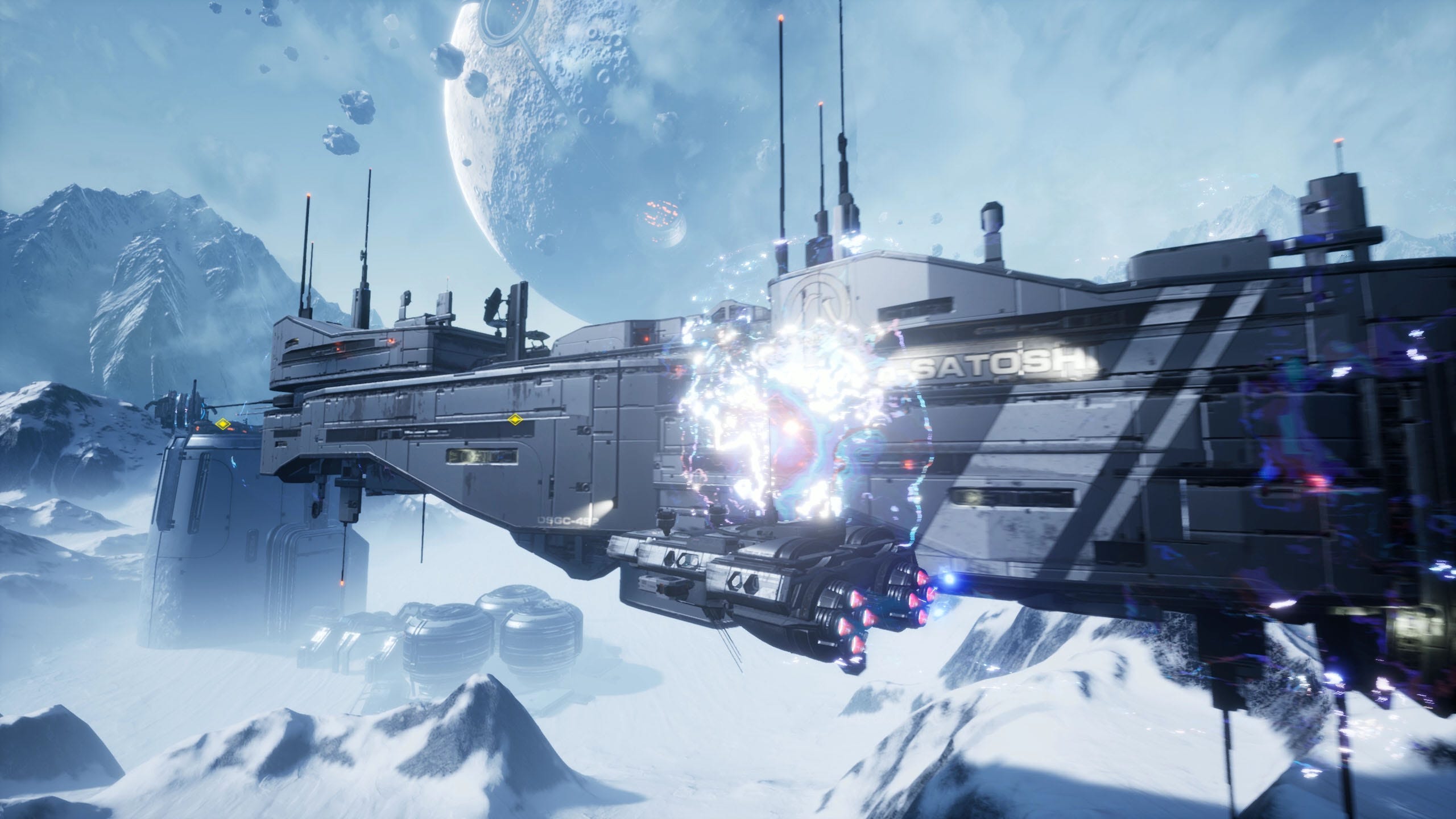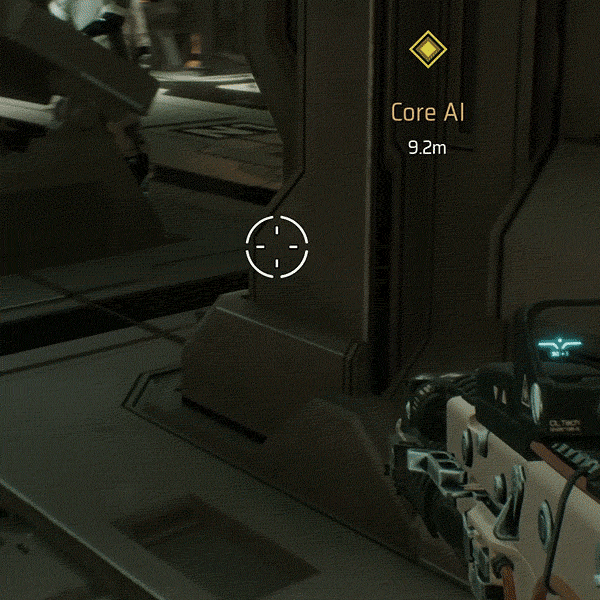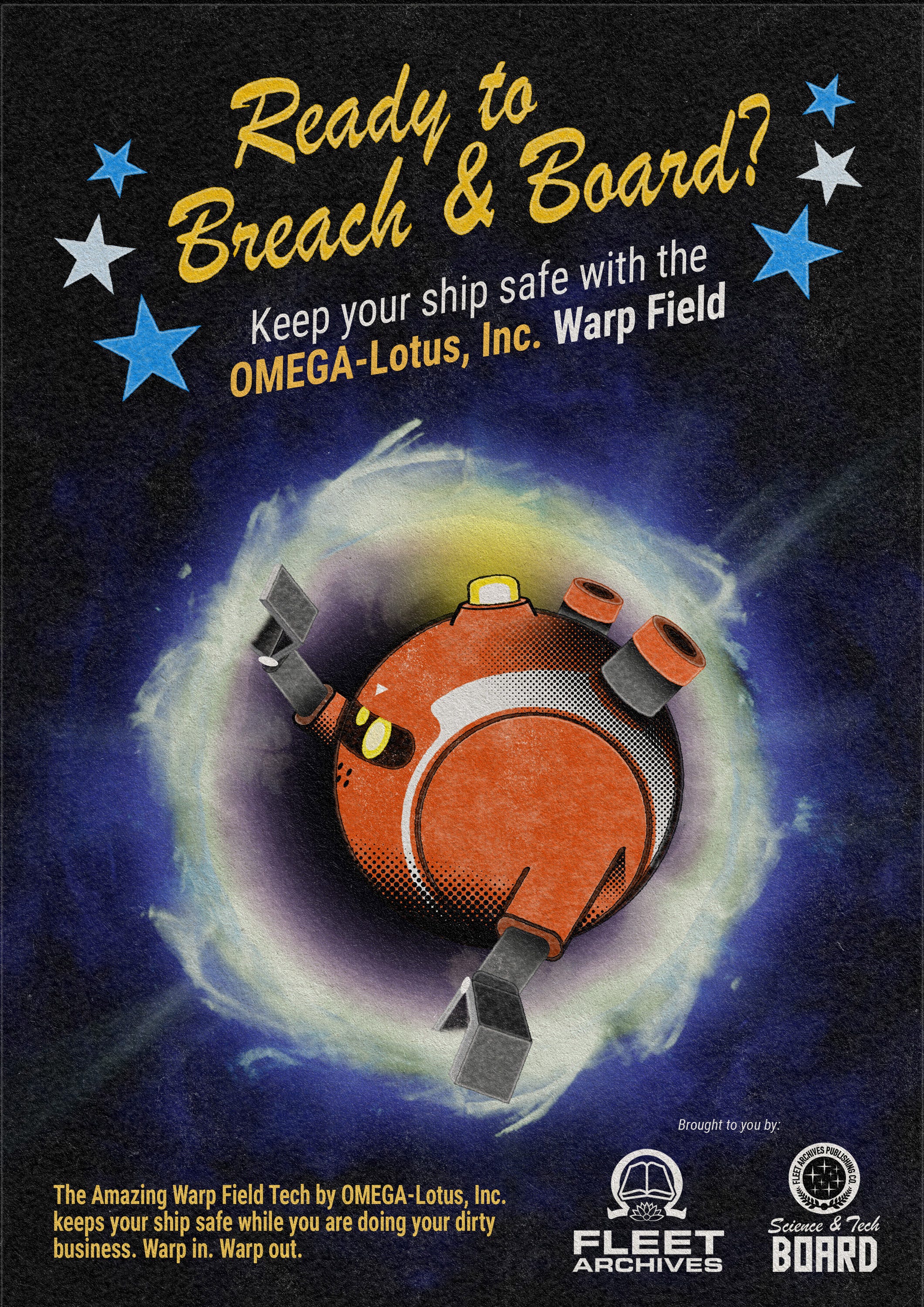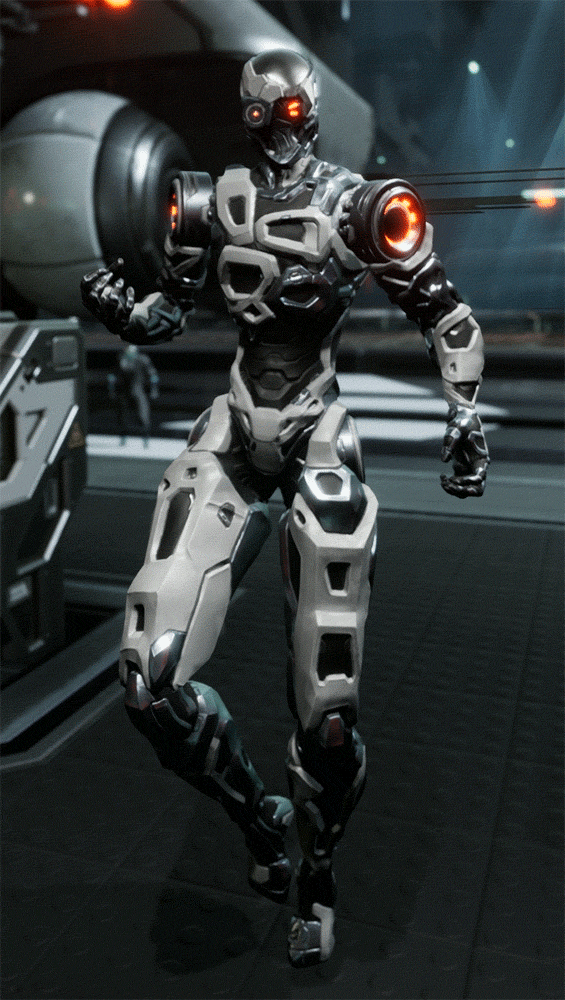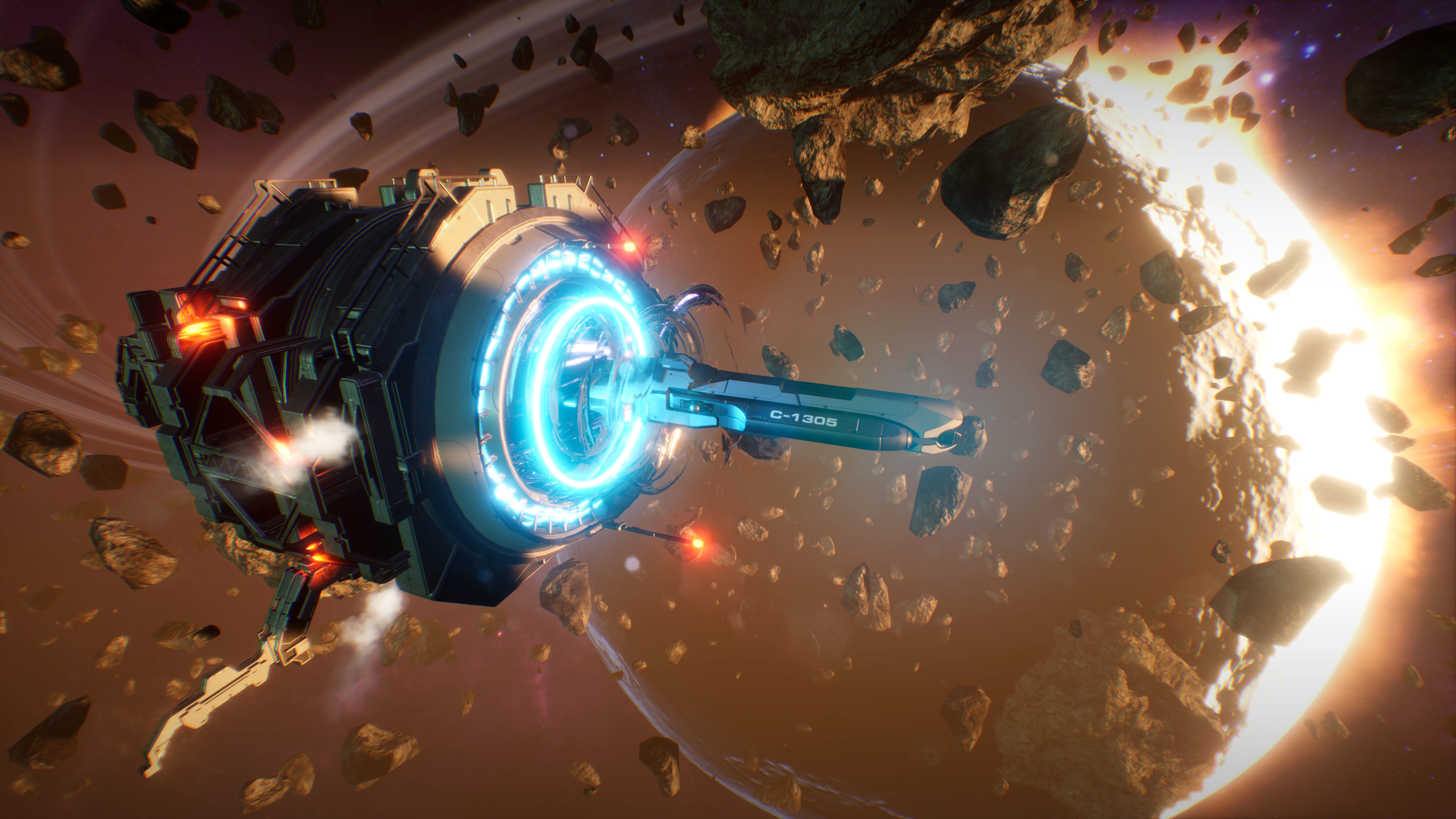Corvus and Cassiopeia - Getting in on the Action Before Early Access
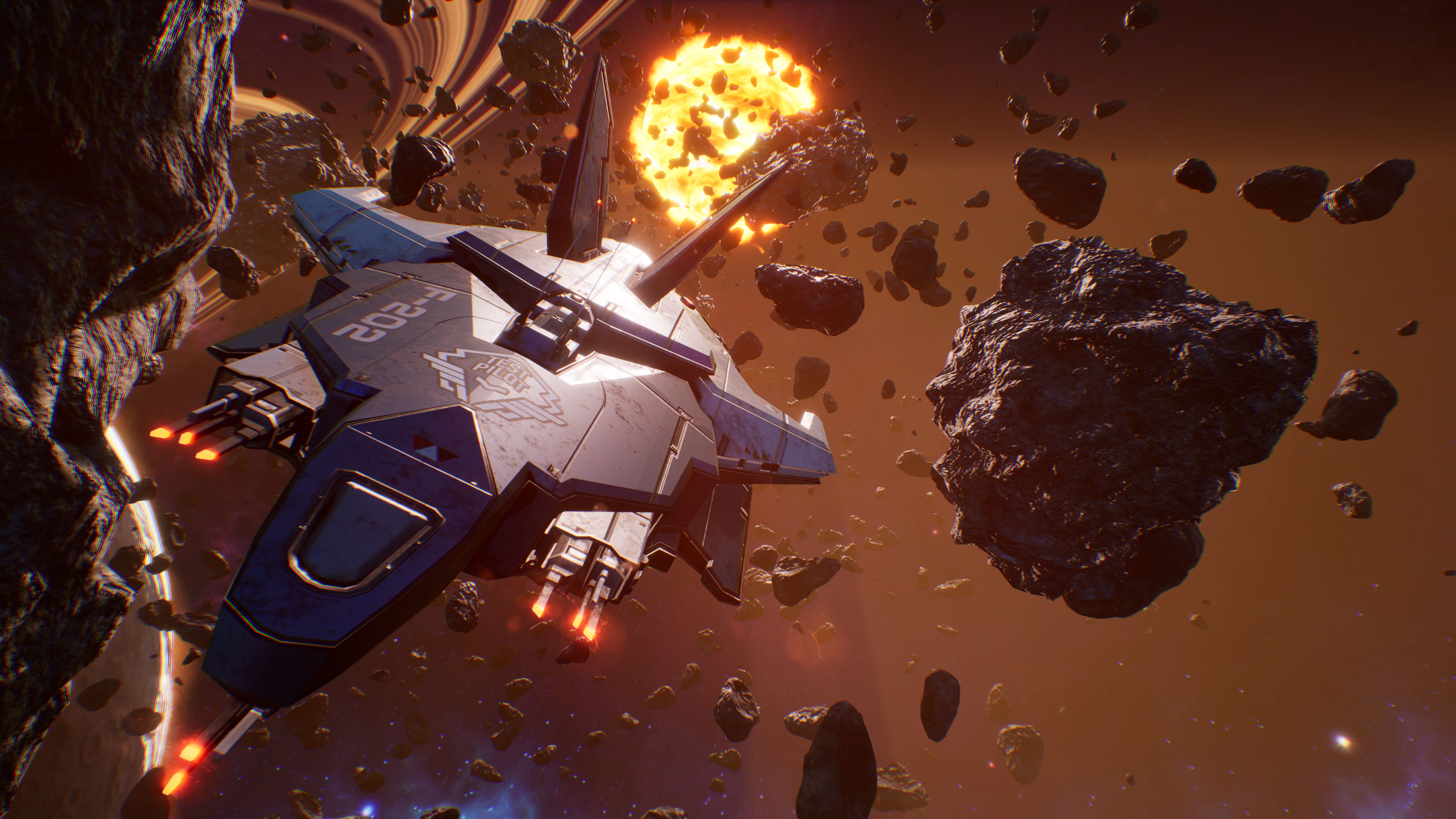
[h3]
Project Genesis is our answer to the question: What happens when you take the visceral close quarters FPS battles of a game like Halo and mash it up with the free-look flight model of a game like Dreadnought?[/h3]
[h2]Project Genesis Pre-Alpha[/h2]
On Friday, March 20th the 8 Circuit Studios team will provide a limited window for new players to get into the Project Genesis playtests for free on Steam (currently for Windows 7 and higher only). If you love being a part of the action before everyone else, or if you want to discover what it’s like to play a space game fusing both visceral ship to ship combat and close quarters FPS fire-fights, then Project Genesis might be the game for you. Sign-up instructions to get your free Steam key are outlined below.
(Disclaimer: We believe we’ve acquired enough Steam keys for everyone, but supplies are limited, so allocations will occur on a first-come first-served basis.)
[h2]What is Project Genesis?[/h2]
Project Genesis is our answer to the question: What happens when the visceral close-quarters FPS battles of a game like Halo are mashed up with the free-look flight model of a space combat game like Dreadnought? Add some risky and courageous breach and boarding capabilities to infiltrate valued capital ships…and you’ve got a style of game that we think breathes new life into both FPS and space combat genres.
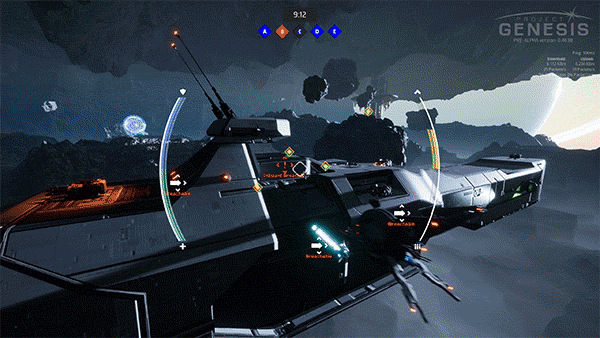
[h2]More Than a Game —We’re also a Community[/h2]
For those who are new to the community, Project Genesis has been in development in its current form (a team based first person shooter in space) for almost two years now. We’re a team who is building a genre bending experience for fans of fast paced sci-fi games, and for those who like to watch “how the sausage is made” indie-dev style.
We’re interested in having our community do more than just watch development in progress. Up to this point, select members of the community have been given exclusive access to participate in our closed playtests. These closed playtests they have been instrumental in getting us to where we are today.
If you’d like to see where the bulk of the conversation is happening, and would like to start participating in guiding how we’re developing Project Genesis, head on over to our Discord to see how we’re using the “open development” model of production to act on community input.
This is a special time for the team, the community, and new community members. Closed playtest exclusivity is being lifted during the next several weeks, so now is your chance to play what the team and the community have been iterating on.
[h2]Cassiopeia[/h2]
On January 17th, 2020, the team released the Cassiopeia playtest build to our sanctioned playtesters. This build was intended to dramatically improve upon the core gameplay systems and the core game loop that would eventually become the “Detonation” game mode. We also intended Cassiopeia to be the milestone where we got the project out of “refactor purgatory” from the previous Babylon build. Cassiopeia was going to be the launchpad from which we started building production-ready capabilities to achieve our long term plans of becoming a free-to-play live game.
[h3]
Unfortunately, we dramatically missed the mark.[/h3]
In game development, there’s always curveballs. In our case, after some significant internal auditing to determine how production ready we were, we discovered we needed to invest heavily on our backend and data management system at all levels: data storage, data handling, and game servers…and how the game client leveraged those systems. In indie game development, one advantage is the ability to move quickly and dynamically — and as a start up, the real power lies in the ability to be decisive and make bold moves to ensure forward progress.
In this case, we first decided to break the Cassiopeia milestone into two distinct milestones: Cassiopeia and Corvus. Cassiopeia would focus on gameplay focused while also spending time on additional refactoring. The new Corvus milestone would be focused on leveling up our client-server infrastructure and implementing advanced gameplay. We would also restructure the team to play to our respective strengths, and add a very skilled and talented developer to help bridge the gap between game client and our backend system.
While the newly coalesced server team focused on infrastructure, the rest of the product team could then direct their attention to important gameplay features.
[h2]In-Game Communication[/h2]
Up until Cassiopeia, the community has primarily relied on Discord to facilitate communications, but not everyone uses the Discord channels during playtest sessions. As the community became more competent and competitive, the game sessions became more intense…which means we needed a way for everyone to be able to chat with their own teams to coordinate tactics and strategy. This resulted in the introduction of text chat.
As a stretch goal, we wanted to implement voice chat. These kinds of features are often fraught with difficult implementation challenges, including unexpected bugs that must be addressed before production release. Surprisingly, Matt B. was able to get us up and running with voice chat extremely quickly with very few issues encountered.
[h2]New Weapons and Grenades[/h2]
A lot of game development is setting up a content pipeline so that your team can add new versions of in-game items as the game evolves. As gameplay advances, so too must weaponry — and at this point in the product life-cycle, we needed to develop weapons classes for both firearms and grenades (also known as throwables).
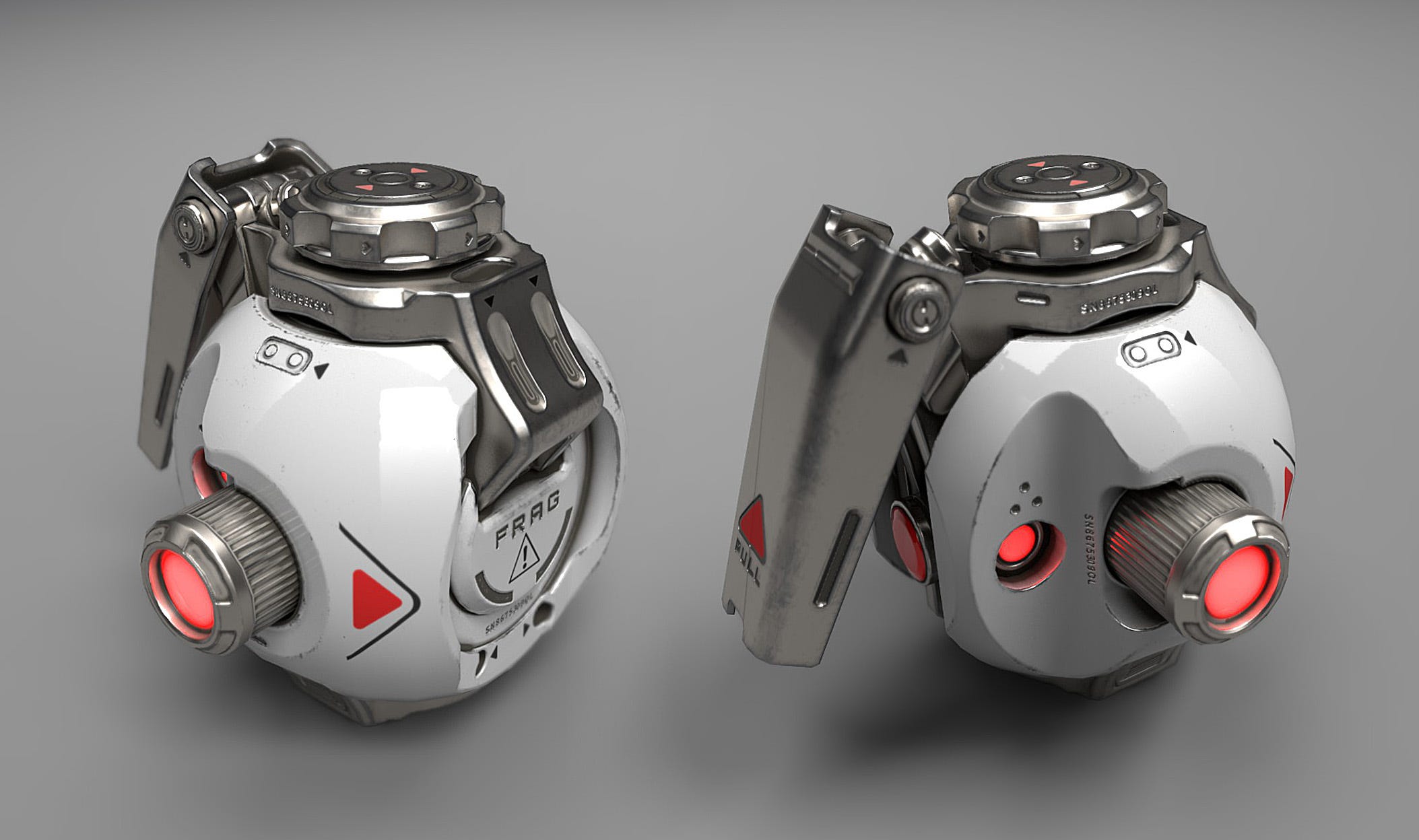
With the inclusion of grenades, we improved the tactical nature of our FPS gameplay. Grenades have greatly aided in “flushing out” die hard defenders by softening them up before aggressively clearing rooms. They also add an element of defensive capability when performing fallback maneuvers during re-positioning tactics.
[h2]Player XP and Levels[/h2]
Cassiopeia‘s core gameplay tightened up with a design pass on battle craft movement and new weapons. However, this wasn’t enough to ensure extended engagement. We also wanted to implement the core feature set on player progression — which was only really available at an abstract level on the Project Genesis website leaderboards. With the addition of XP allocation, and associated level progression, the feeling of forward momentum was beginning to take shape.
[h2]Bug Fixes and Other Features[/h2]
As always, each playtest build contains hundreds of bug fixes (with much thanks to our veteran Test Pilots and playtesters for their consistent submissions) and a bevy of features often listed in more detail in our release notes (found on Steam or in the game’s UI menu).
[h2]Corvus[/h2]
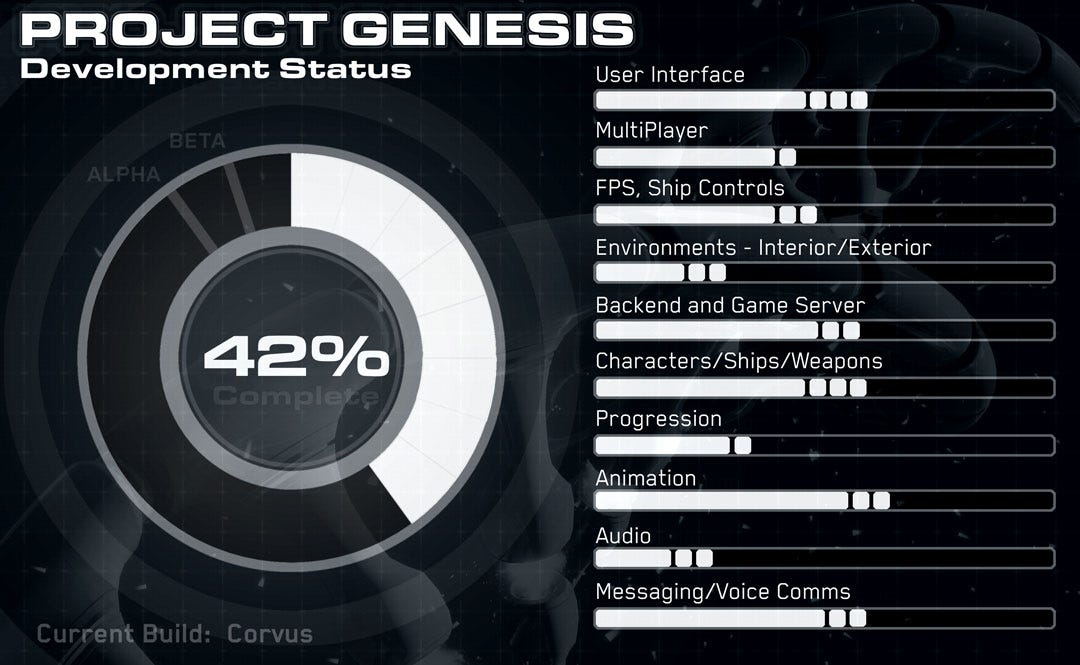
In Corvus, our milestone objectives are to materially improve core gameplay by introducing avatar classes, new weapons, provide production-ready stats tracking and server capabilities, and add a new game mode to the mix: Dominion.
[h2]Avatar Classes[/h2]
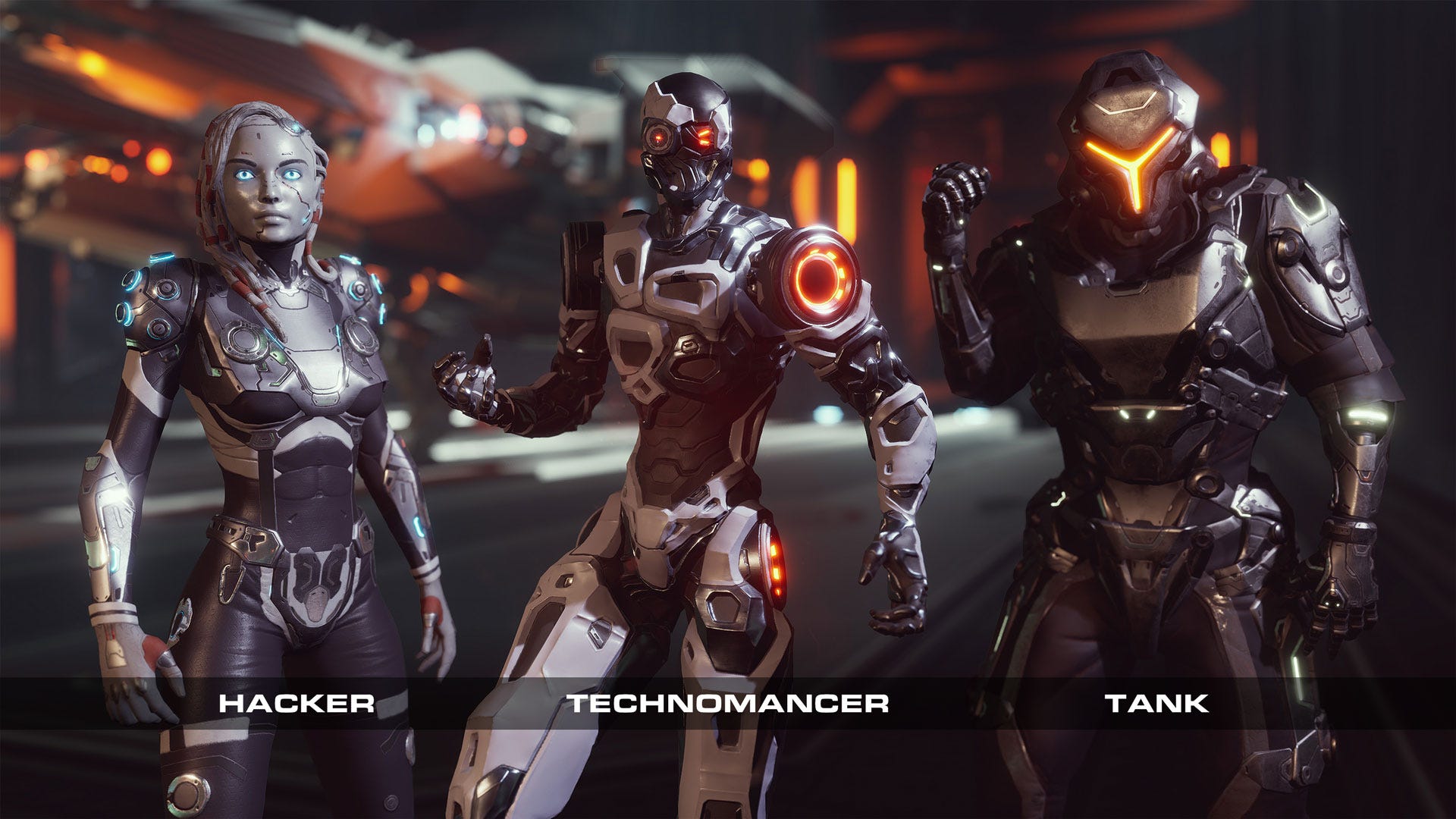
Corvus is where we get our first opportunity to introduce character classes. Starting with the “ops” (or support) we have the Hacker: nimble, fast, and precise.
The second class is our assault or damage per second (DPS) unit the Technomancer avatar. The Technomancer is the workhorse of the three classes and is built for aggressive and tactical play.
Rounding out the initial three classes is the Tank avatar. The Tank is the quintessential bullet sponge. Built heavy and resilient, the Tank moves with plodding methodical purpose.
[h2]Light Machine Gun[/h2]
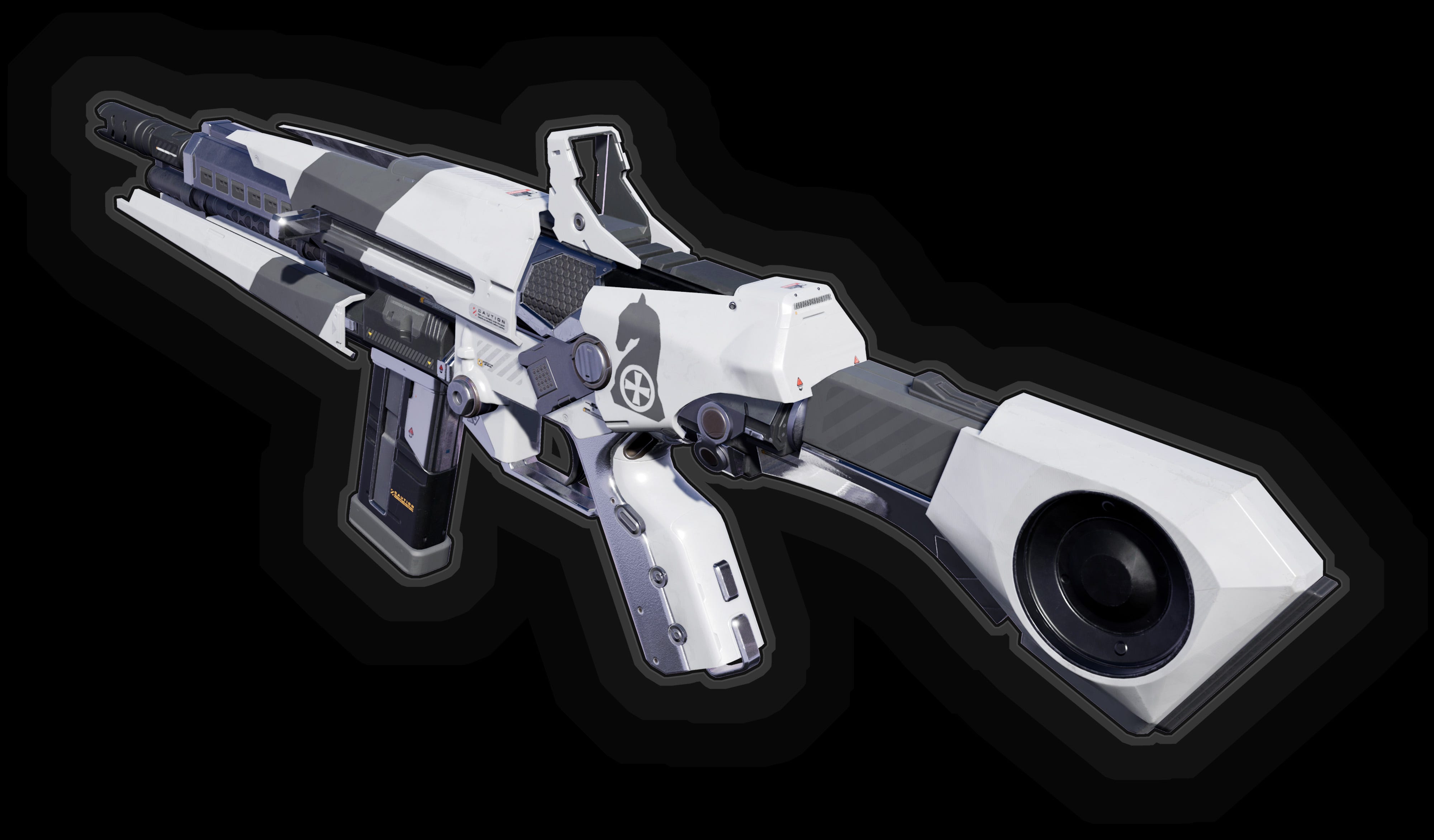
Introducing the light machine gun, this weapon is designed to slam slugs out at a steady and consistent pace to maximize damage while minimizing spray and pray. This weapon is favored by mid size avatar chassis like the Technomancer or heavier models like the Tank.
[h2]Grenade Classes[/h2]

Much like we did in Cassiopeia for weapons, in Corvus we created a class system for throwables. There are three classes of grenades present in the Corvus build: fragmentation, incendiary, and electromagnetic pulse (EMP). Fragmentation grenades are designed for timed detonation to inflict maximum concussive damage with an area effect. Incendiary grenades, are designed to create a lingering thermoreactive emission upon contact, and if an avatar interacts with the reaction they will continue to receive damage over time (until the effect dissipates). EMP pulse grenades confound the onboard cognitive and visual systems of the avatar, and make visual acuity impossible until an avatar’s synthetic sense systems can re-normalize.
[h2]Dominion Game Mode and Turrets![/h2]
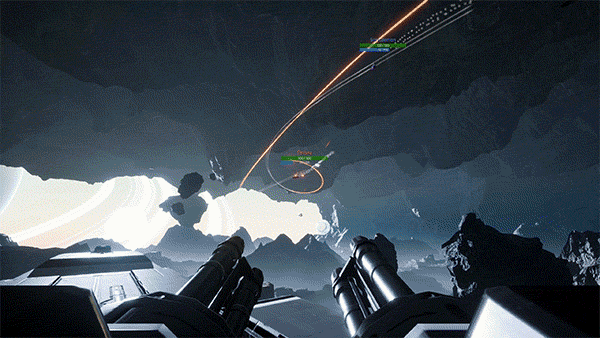
Bioxide (Lead Gameplay Designer and Core Engineer) and Mark N. (Art Director and Environment Artist) have performed a rapid prototyping loop for a new game mode called Dominion. In Dominion, a domination style game, players attempt to occupy key objective locations to gain points for the time any given location is occupied. Based on community and team feedback, as well as intuitive design sensibilities, Bioxide wanted to develop an asymmetrical game mode to encourage a game experience that ensures intense back and forth play.
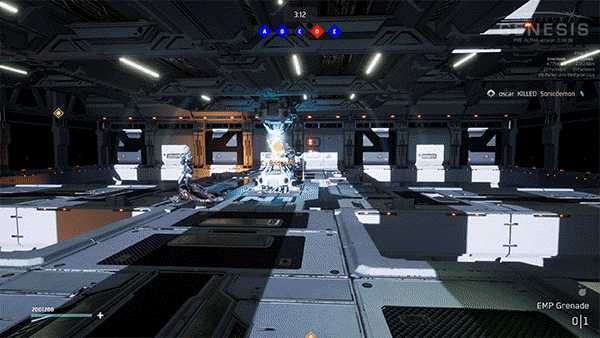
Dominion introduces an array of new game mechanics. Ranging from conquering and defending captured territory, to using powerful external avatar-controlled turrets to knock ships out of the sky (an example of FPS to space combat). In this mode, there are also new objectives for battle craft to engage with (based on the feedback from the elements in the community that prefer space combat engagements), so the players’ landscape of choices has increased greatly. While this game mode is brand new, it has become a fast hit with the team and the community. We’re very interested to get more people playing to see how everyone feels about it.
[h2]User Interface Overhaul[/h2]
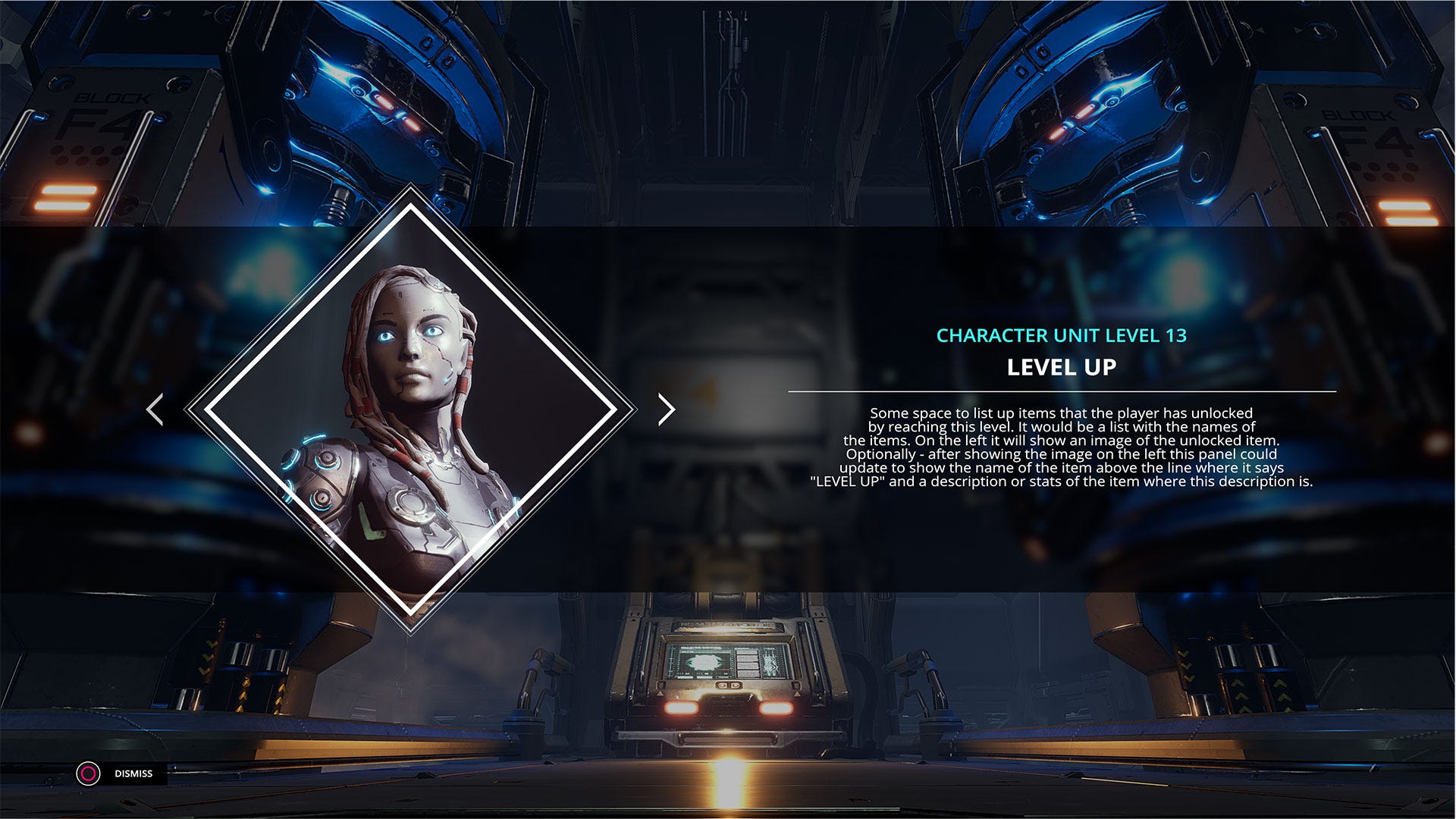
One of the most significant changes between Cassiopeia and Corvus is an extensive rework of our entire user interface system, and how we allow players to select and customize their battle craft and avatars. The beautiful and elegant design by Patrick B. is as intuitive as it is innovative. The battle craft and avatars are paired units and the player can now select various combinations of ships and avatars, with their respective loadouts, depending on their preferred style of play. This will add another layer of choices for the player to consider as they begin to master the nuances of the game.
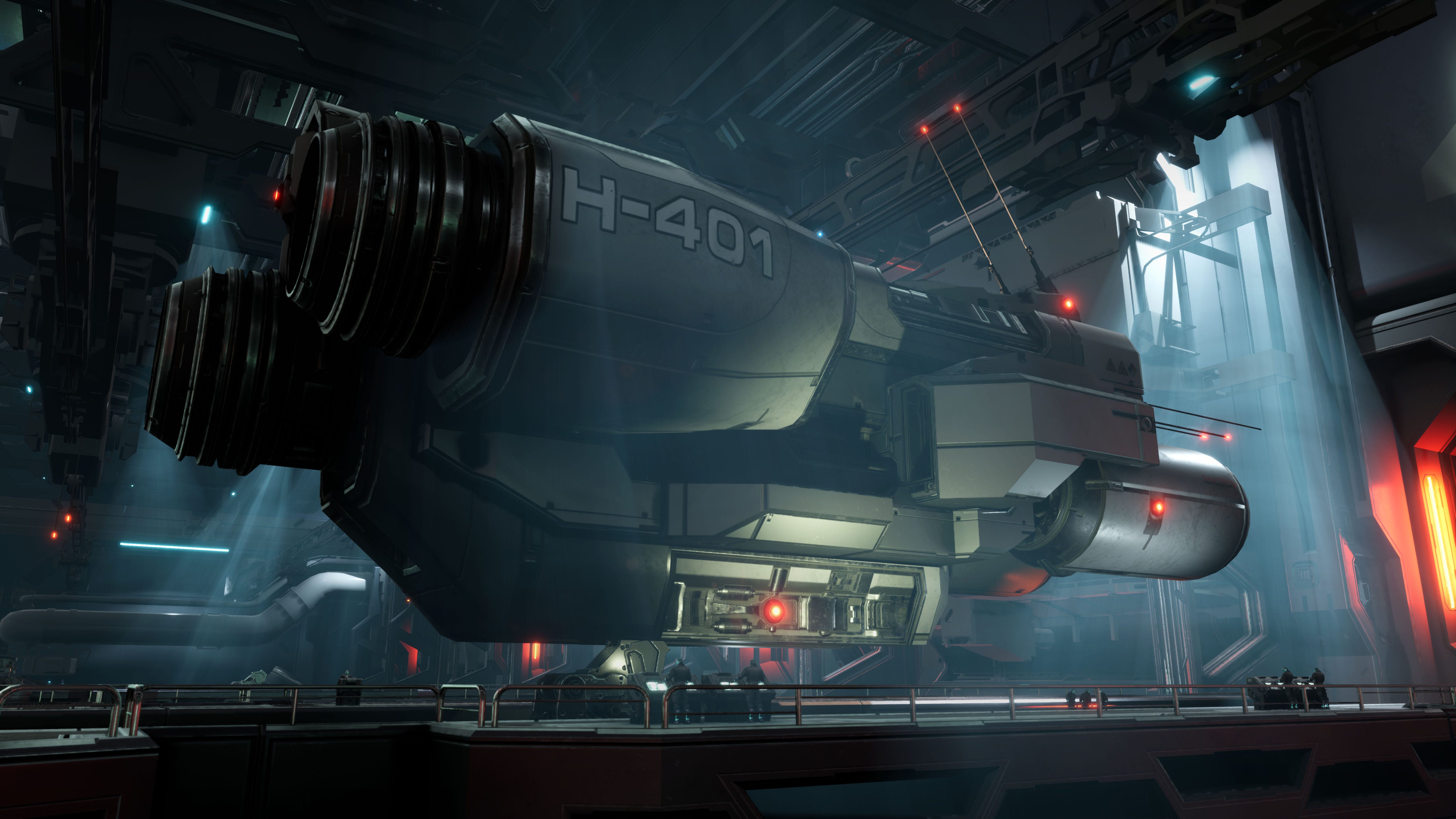
[h2]Website, Search, and Player Profile Update[/h2]
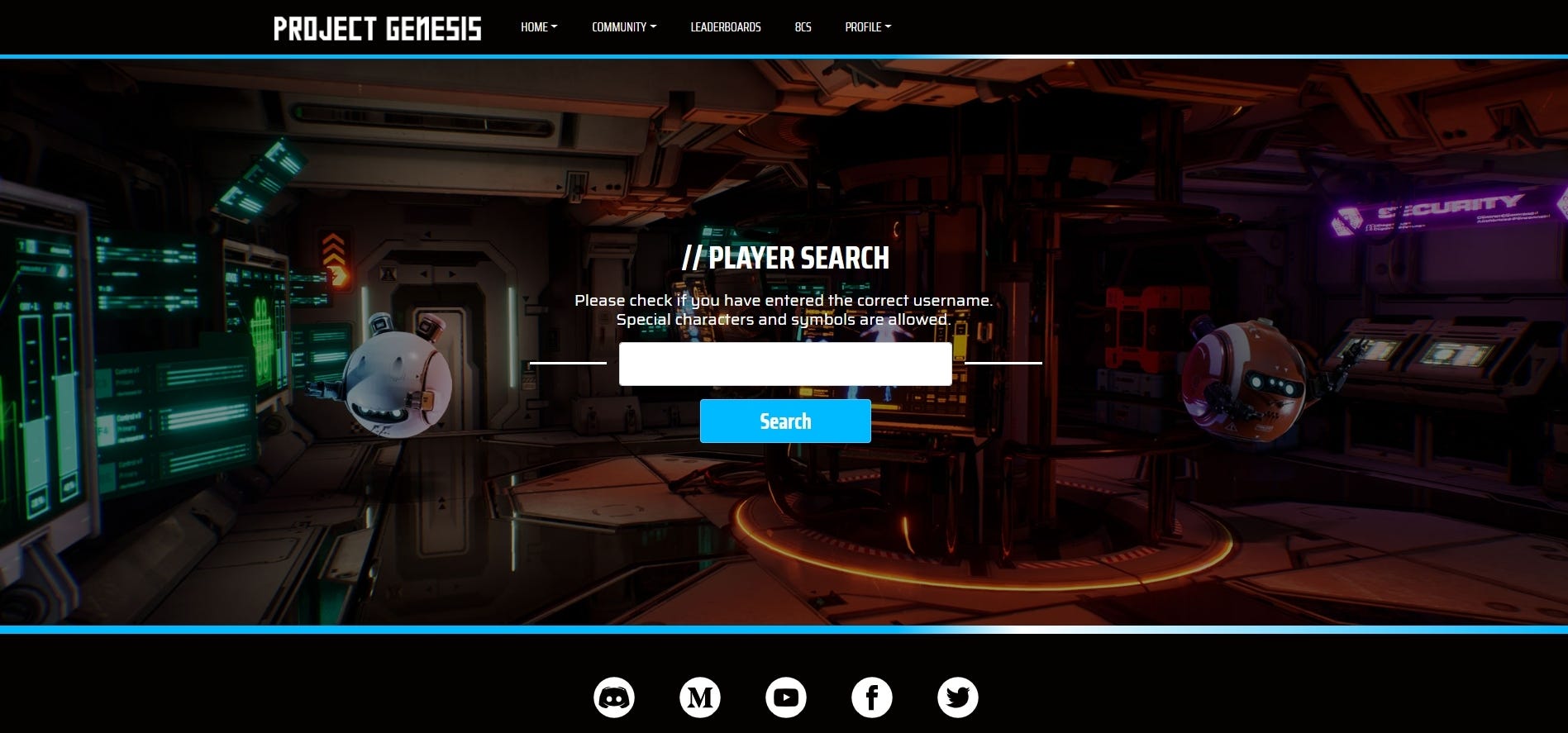
As a part of our Corvus launch, we’ve completely revamped and updated our websites for both Project Genesis, and 8 Circuit Studios. Since we’ve added new backend capabilities, we have improved the functionality in the Player Profile, and also added a new search function on www.projectgenesis.com so that you can see which of your friends has joined the fray.
[h2]Backend Upgrade and Stats Tracking[/h2]
Saving one of the biggest development projects for last, our architectural engineers Jim J., Matt B., and Anatoliy G. have done a tremendous amount of heavy lifting to finalize our key capabilities for end to end data management and game client-server functionality. This is one of those systems that touches every aspect of Project Genesis, and allows the team to begin advanced progression, recording game session stats (crucial for playbalancing and reporting back to players their favorite stats), and our in-game economy.
Dorado: Steam Early Access
[h3]
Everyone who has made it into the Corvus pre-alpha free playtest window, and received a Steam key, will be allowed to continue playing even after we release on Steam.[/h3]
On April 24th, 2020 the team is going to release Project Genesis on Steam Early Access at a starting price of $29.99. This is 8 Circuit Studios’ first title to release on Steam and at this point in product development we haven’t yet made it to the halfway point! The Corvus build is going to be instrumental in ensuring that we have something exciting for those who wish to support us in taking Project Genesis to the next level.
Everyone who has made it into the Corvus pre-alpha free playtest window, and received a Steam key, will be allowed to continue playing even after we release on Steam. So if you would like to help us make the best possible gaming experience before we release on Steam Early Access, we hope you’ll sign up and start playing today.
[h2]Pilot Program[/h2]
Additionally, if you’re interested in providing consistent and detailed feedback, creating content, play-balancing via competitive play, or helping us moderate and promote Project Genesis, you can apply to be a part of our elite Pilot Program. This program allows you to have access to frequent test builds. You will be recognized for being accepted to your respective program(s) of choice by special color designation in Discord, and by being allocated a permanent badge that you can display in-game, on
leaderboards, and in your
player profile.
If you’d like more details on the Pilot Program, check out our other Medium article
here.
[h2]Project Management[/h2]
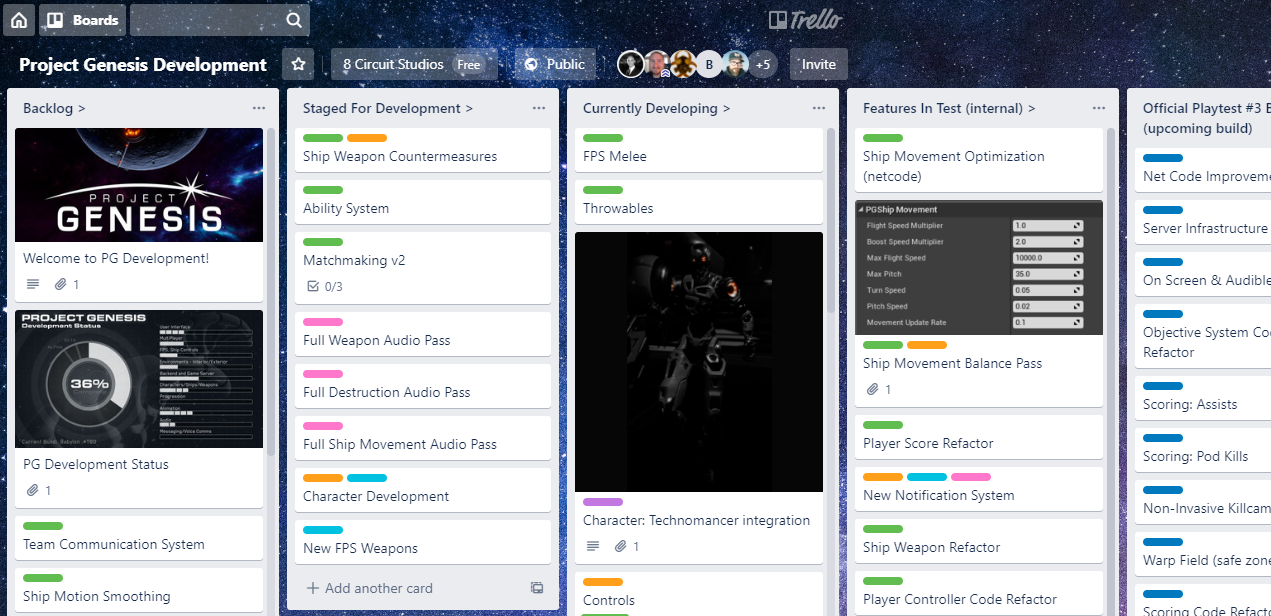
And finally, if you’re ever looking for details on the roadmap for Project Genesis, Producer Terry H. regularly keeps our
Trello Board up to date. Here you can review the details of what features are currently “triaged” for adoption in the latest build.
After making it this far, we hope that you are still interested in participating in the Project Genesis pre-alpha Corvus playtest. Head on over to our Discord to join the conversation, or sign up on www.projectgenesis.com to get your free Steam key while supplies last.















